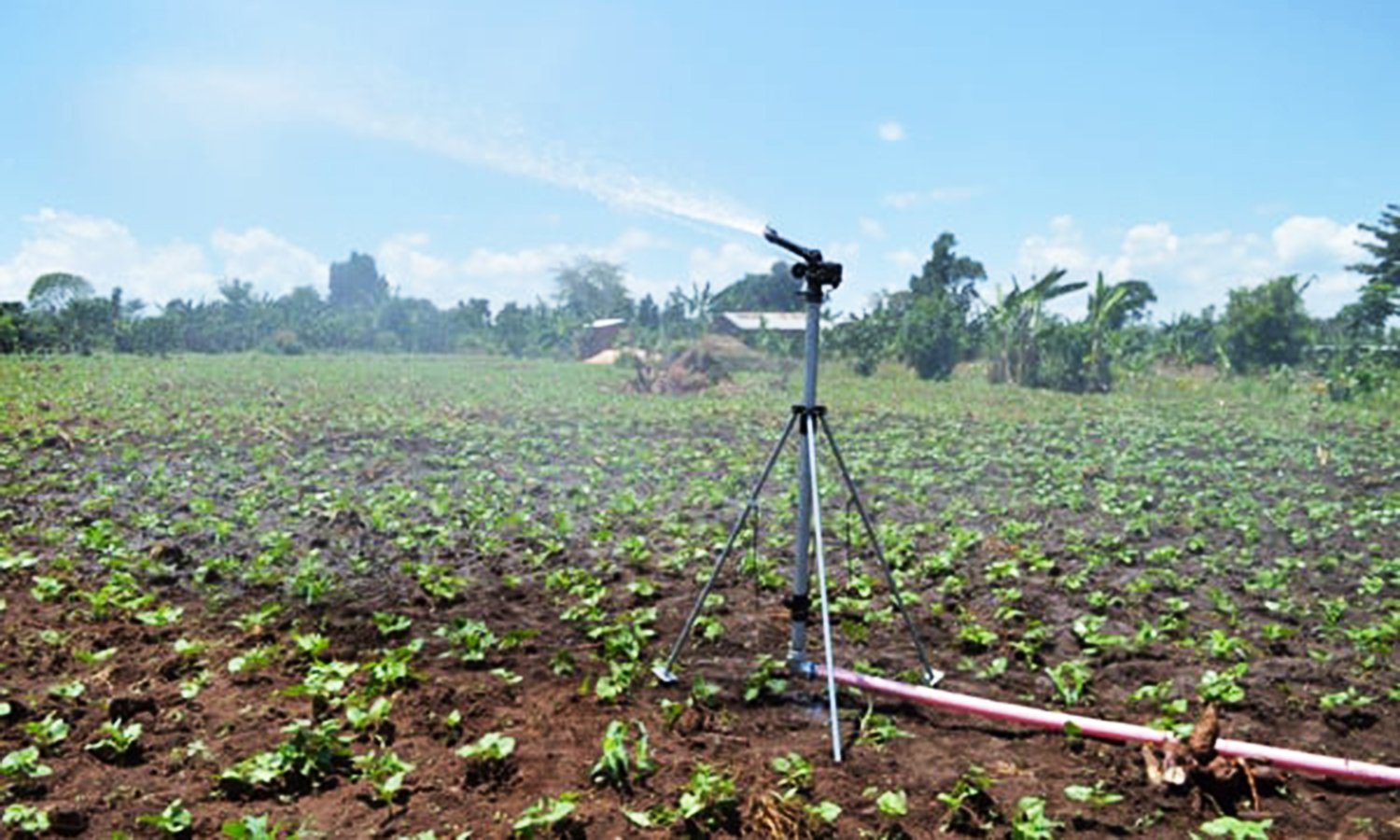Agricultural innovation is the answer to poverty

What you need to know:
- Agricultural innovation refers to the development and adoption of new or improved products, processes, services, or institutions that enhance the performance and competitiveness of the agricultural sector.
Poverty is a complex and multidimensional phenomenon that affects millions of people around the world. In Uganda, poverty remains a major challenge, especially in Karamoja region.
Karamoja is the driest and poorest region of Uganda, with a high rate of food insecurity and malnutrition. The region is also prone to climate change and drought, which affect the traditional pastoralist’s livelihoods of the Karimajong.
Despite the impressive economic growth and poverty reduction achieved in the past decades, Karamoja still faces high levels of inequality, vulnerability, and social exclusion.
However, despite the importance of this sector, many households face challenges such as low productivity, limited access to markets, climate change, land degradation, and gender inequalities.
As a result, many women and youth of Karamoja are trapped in low-value and subsistence farming activities that offer little prospects for income generation and poverty reduction.
To address these challenges and achieve the Sustainable Development Goals, there is a need to empower women and youth through agricultural innovation.
Agricultural innovation refers to the development and adoption of new or improved products, processes, services, or institutions that enhance the performance and competitiveness of the agricultural sector.
By empowering women and youth through agricultural innovation, Uganda can also achieve its national development goals and contribute to the global 2030 Agenda for Sustainable Development.
Stakeholders should promote gender-responsive and youth-friendly policies and institutions that create an enabling environment for women and youth to participate in agricultural innovation .
This can involve ensuring equal rights to land and other productive assets, providing incentives and subsidies for women and youth to access inputs and technologies, strengthening extension services and farmer organisations that cater to the needs of women and youth, and enhancing their representation and voice in decision-making processes at all levels.
Enhancing the capacities and skills of women and youth to engage in agricultural innovation: This can involve providing education and training opportunities for women and youth to acquire technical, entrepreneurial, and digital skills that are relevant for the current and future agricultural sector. It can also involve facilitating access to information and knowledge on best practices, market opportunities, quality standards, and innovation platforms that can help women and youth to improve their farming practices and businesses.
Additionally, supporting the development and adoption of innovative technologies and practices that suit the needs and preferences of women and youth. This can involve investing in research and development that addresses the challenges faced by women and youth in agriculture, such as labour-saving devices, climate-smart solutions, value-added products, etc. It can also involve fostering linkages between research institutions, private sector actors, civil society organisations, and farmers’ groups that can facilitate the dissemination and scaling up of innovations.
Furthermore, stakeholders should encourage the participation of women and youth in agribusinesses and value chains that offer higher returns and market access. This can involve providing financial services such as credit, savings, insurance, etc., that are tailored to the needs of women and youth entrepreneurs.
It can also involve creating market linkages between smallholder farmers (especially women) and agro-processors (especially youth) that can add value to their produce. Moreover, it can involve promoting branding, certification, quality control, etc., that can enhance the competitiveness of women’s and youth’s products in local, regional, or global markets.
In conclusion, the government, stakeholders, and policymakers should redouble their efforts in fostering agricultural innovation and empowering marginalised demographics, particularly women and youth, to break the cycle of poverty in the region of Karamoja.
Mercy Akankunda, Proven Foundation, [email protected]




